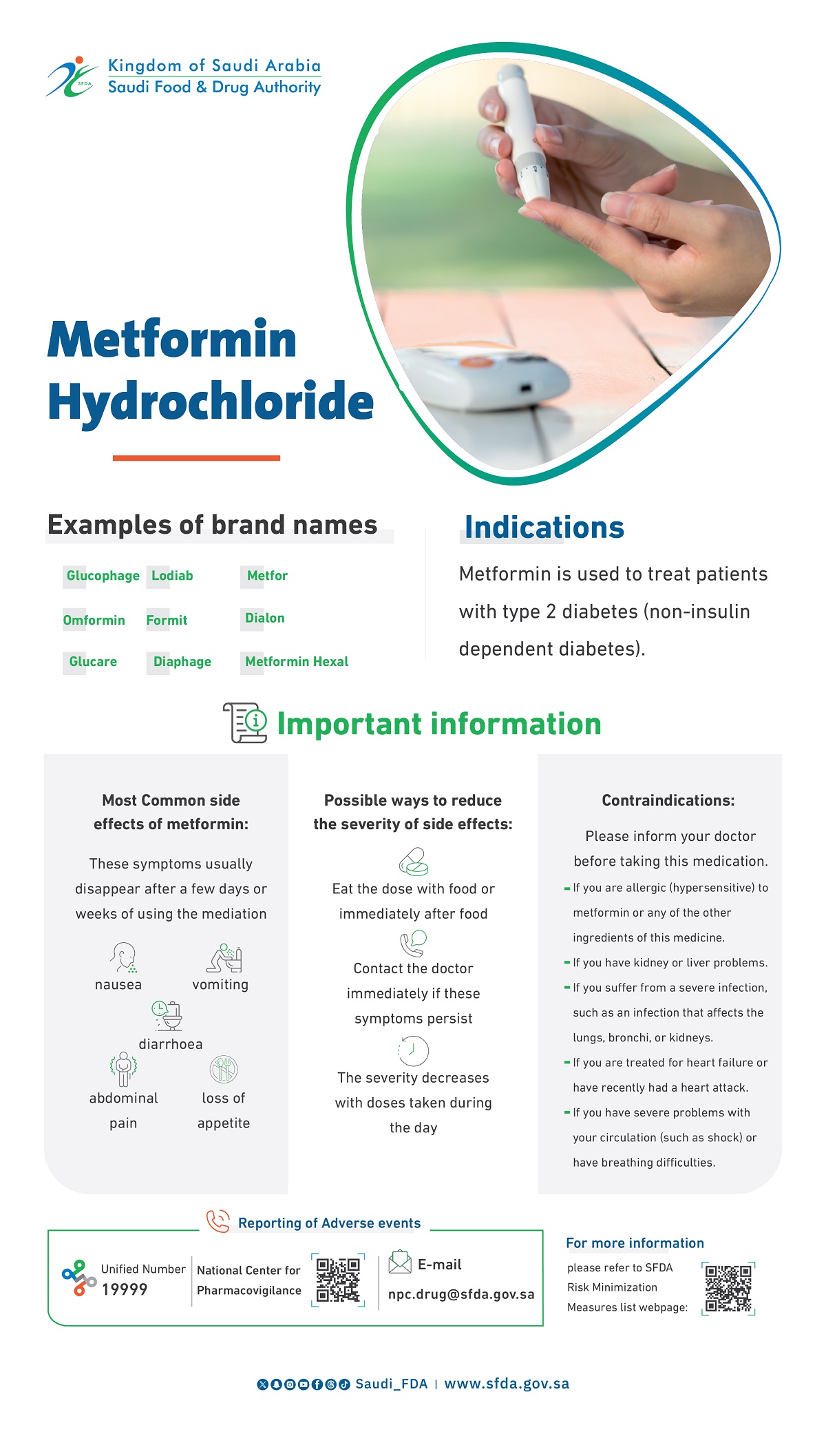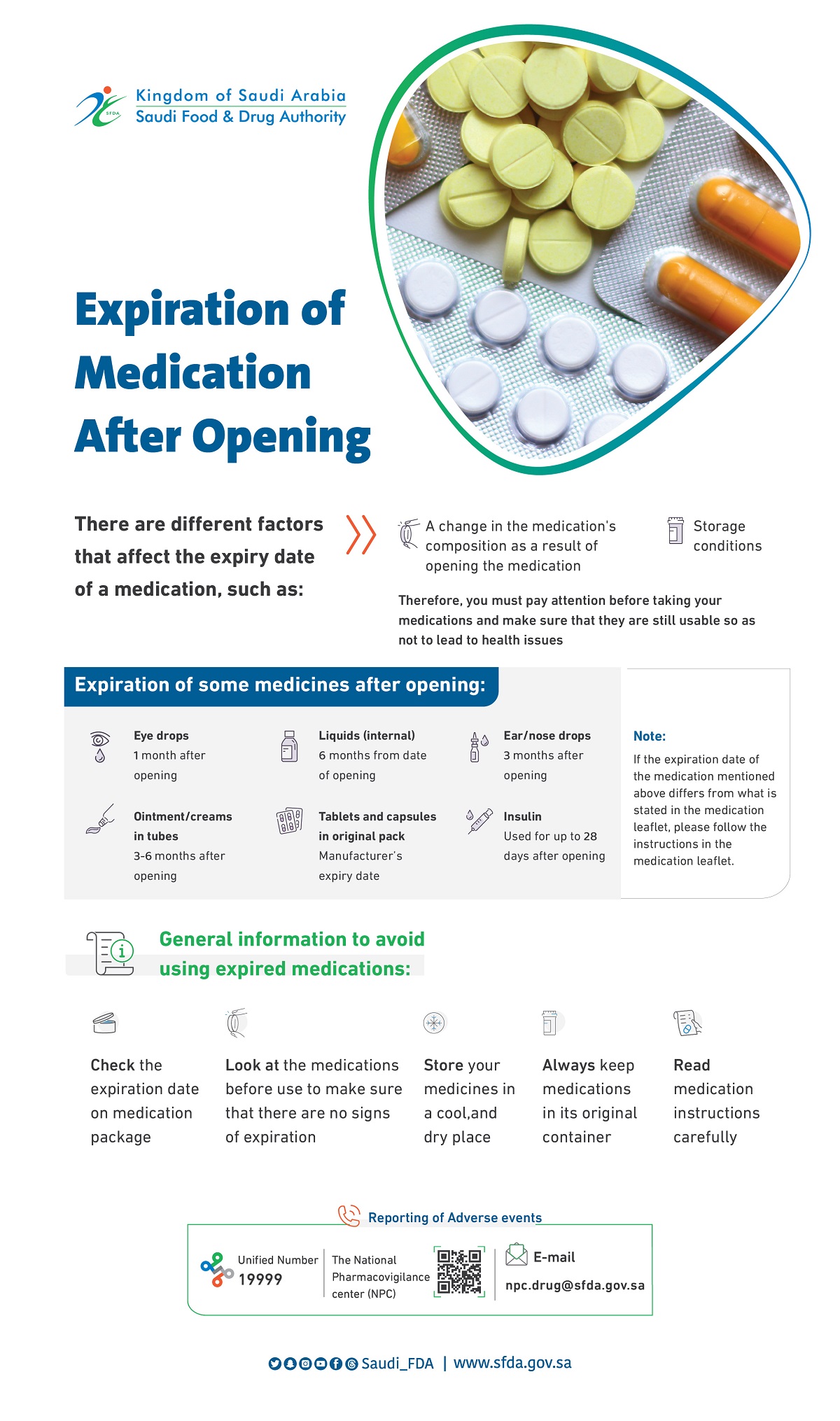
Measures to minimise the risk of developing nephrogenic systemic fibrosis with the use of gadolinium-containing contrast agents
Measures to minimise the risk of developing nephrogenic systemic fibrosis with the use of gadolinium-containing contrast agents
Measures to minimise the risk of developing nephrogenic systemic fibrosis with the use of gadolinium-containing contrast agents
The European Committee for Medicinal Products for Human Use (CHMP) has
reviewed the risk of nephrogenic systemic fibrosis (NSF) with gadolinium containing
contrast agents.
On the basis of current evidence, the risk classification is as follows:
High risk—Omniscan (gadodiamide), OptiMARK (gadoversetamide),Magnevist (gadopentetic acid)
Medium risk—MultiHance (gadobenic acid), Primovist (gadoxetic acid),
Vasovist (gadofosveset)
Low risk—Gadovist (gadobutrol), ProHance (gadoteridol), Dotarem (gadoteric acid)
Consideration for healthcare professionals:
The following risk-minimisation measures should be used for gadolinium-containing contrast agents:
Renal-function monitoring
· Renal function should be tested in all patients receiving high-risk agents such as Omniscan® ,Optimark®and Magnevist®.
· It is generally advisable for patients receiving medium-risk or low-risk agents such as Primovist®, Gadovist®, and Dotarem®. It is particularly important to screen patients aged 65 years or older
Renal impairment
· For patients with severe renal impairment (glomerular filtration rate [GFR] <30 mL/min/1·73m2), use of a high-risk agents (Omniscan®, Optimark® and Magnevist®) is contraindicated.
· If use of a medium-risk agent such as Primovist® cannot be avoided or if it is necessary to use a low-risk agent such as Gadovist® and Dotarem®, a single lowest dose possible can be used and should not be repeated for at least 7 days
· For patients with moderate renal impairment (GFR 30–59 mL/min/1·73 m2), if it is necessary to use a high-risk agent a single lowest dose possible can be used and should not be repeated for at least 7 days
Perioperative liver-transplantation period
· Use of a high-risk agent is contraindicated. If use of a medium-risk agent cannot be avoided or if it is necessary to use a low-risk agent, a single lowest dose possible can be used and should not be repeated for at least 7 days.
Neonates
· Use of a high-risk agent is contraindicated. For medium-risk or low-risk agents, use a single lowest possible dose and do not repeat for at least 7 days
Infants
· Use a single lowest dose of agent possible and do not repeat for at least 7 days
Breastfeeding
· Discontinue for at least 24 hours after use of a high-risk agent. The decision of whether to continue or suspend breastfeeding for 24 hours after use of a medium-risk or low-risk agent should be at your discretion in consultation with the mother.
Pregnancy
· Use of any gadolinium-containing contrast agent is not recommended unless absolutely necessary
Haemodialysis
· There is no evidence to support the initiation of haemodialysis for prevention or treatment of NSF in patients not already undergoing haemodialysis. Recording of the agent used When they become available, peel-off tracking labels found on the vials, syringes, or bottles should be stuck onto the patient record to accurately record the name of the gadolinium contrast agent used. The dose used should also be recorded.
Report Adverse Drug Reactions to the Saudi FDA
The SFDA urges both healthcare professionals and patients to report side effects from the use of Gadolinium-containing contrast agents to the SFDA either online, by regular mail or by fax, using the following contact information :
National Pharmacovigilance Center (NPC)
Saudi Food and Drug Authority-Drug sector
3292 Northern Ring Road
Al Nafal District
Riyadh 13312 – 6288
Kingdom of Saudi Arabia
Tel: 012759222 ext. 2334, 2352, 2353, 2354, 2356
Fax: 012107398
Email :
Website:
source:





